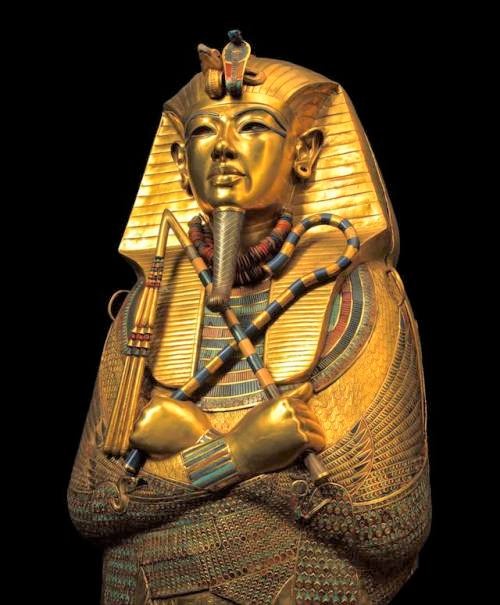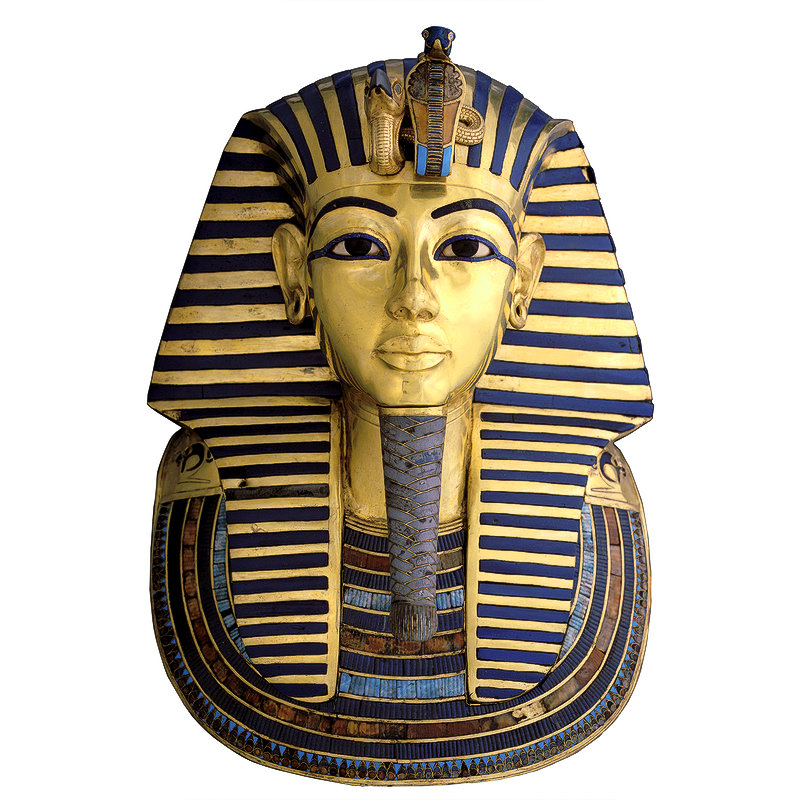Part I
I had spent a couple of fascinating days exploring the ‘Museum of Egyptian Antiquities’ in Cairo. This amazing repository is crammed full of ancient artefacts, including the extraordinary treasure found in the tomb of King Tutankhamun. It was nearing closing time on my second day at the Museum, and even though I was going to return the following morning to see the remainder of the exhibits, I thought I’d have a look at The Boy King’s stash before heading home.
Only ten viewers are permitted in the Tutankhamun gallery at any one time, so I took my place in the queue at the entry door. I had seen some amazing things over the past couple of days, and although I expected the King Tut display to be something else again, I had no idea what I was about to witness. The line moved quickly, so it wasn’t long before I found out.
Although my first love is the natural world, I can definitely appreciate the creations of humankind. That day in the Tutankhamun gallery, I saw some of the most beautiful things made by human hands that I have ever seen in my life.
Unless you are prepared to stump up a substantial fee, no photography is permitted within the gallery. These photos, unless otherwise credited, are taken from The Egyptian Museum’s ‘Virtual Tour through the Tutankhamun Collection’ online resource, which is well worth playing around with: Tut Hall (matterport.com)
The artefacts on display were breathtaking. Although priceless, there was no ostentatious opulence; just finely crafted masterpieces that were exquisitely beautiful. Tutankhamun’s mummy was placed inside a series of three coffins. The middle and innermost coffins were displayed.


I stood mesmerised at the display cases, goosebumps running over me. The Boy King’s innermost coffin was made from pure gold, and weighs a little over 110 kilograms. Although money is only one – and arguably not the most important – measure of the value of artefacts, it is interesting to note that at today’s price the gold used to create Tutankhamun’s coffin is worth AUD 8.08 million (US 6.14 million).

After staring open-mouthed at the coffins, I walked the periphery of the gallery looking at the displays of jewellery, figurines and other items found in Tutankhamun’s tomb. It took willpower to focus on these exhibits, and to resist the magnetic attraction of the gallery’s most striking piece: the King’s death mask. When the other visitors had moved on, I slowly approached the room’s central feature.

Looking into the eyes of the death mask, I felt like I was staring back in time through thousands of years. I was looking not just at the mask but at the young man himself. The man who was king before he was 10 years old, ruled a powerful empire, and died before he was twenty.

I’m not entirely sure how long I stood transfixed before Tutankhamun. I suddenly became aware of other visitors, and moved away from The Boy King’s hypnotic stare.
It was closing time. Leaving the gallery, I wandered towards the stairs that lead to the Museum’s exit. What had already been a fascinating day spent immersed in ancient culture had ended with a quite profound experience.
If you liked this post, you may also enjoy Tutankhamun: The Boy King Part II
Leave a Reply